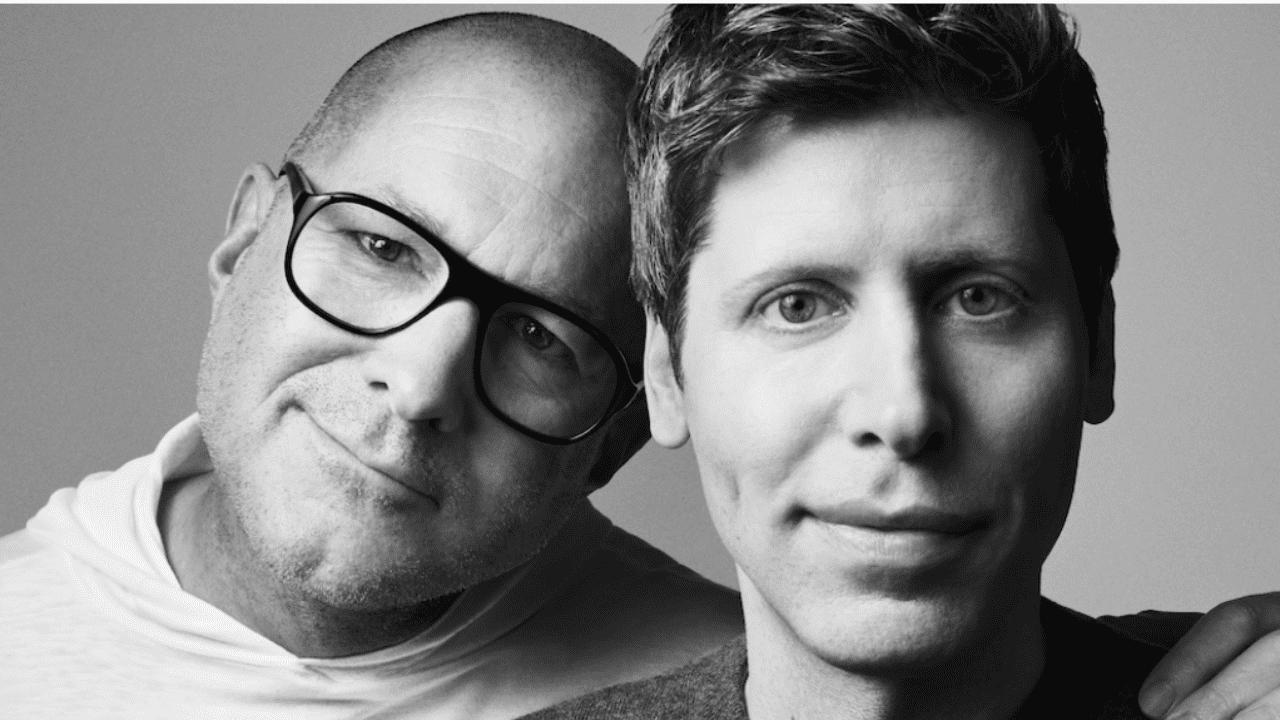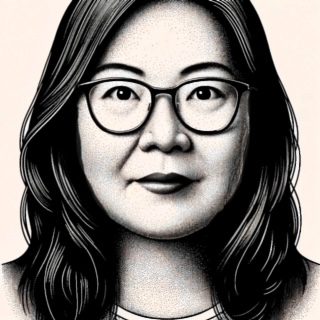TLDR
- OpenAI has acquired Jony Ive’s AI hardware startup io for $6.5 billion, marking a bold push into consumer devices designed for the AI era.
- The deal deepens the partnership between Sam Altman and Ive, merging top-tier AI research with world-class hardware and product design to create a “new family of products.”
- This move could challenge Apple’s dominance, as OpenAI positions itself to redefine how people interact with AI – beyond screens and toward entirely new interfaces.
In a move that could redefine the future of consumer technology, OpenAI has acquired io, the AI device startup founded by legendary Apple designer Jony Ive, for nearly $6.5 billion.
The deal reflects a deepening partnership between Ive and OpenAI CEO Sam Altman – and a shared vision that modern hardware must evolve to match the extraordinary capabilities of advanced artificial intelligence.
The acquisition merges io’s team of world-class hardware engineers, product designers, and technologists with OpenAI’s cutting-edge AI research, creating a new force in the race to build human-centered products for the AGI era.
Altman and Ive, who began collaborating quietly two years ago, said in a joint announcement that their work had grown in ambition and urgency, leading to the formation of io last year – and now its integration into OpenAI.
“This is an extraordinary moment,” the two wrote. “Computers are now seeing, thinking, and understanding. Despite this unprecedented capability, our experience remains shaped by traditional products and interfaces.”
Now, that experience is poised for reinvention.
The io team, including Apple veterans like Scott Cannon, Evans Hankey, and Tang Tan, will be embedded with OpenAI’s research and engineering staff in San Francisco. Ive and his creative collective, LoveFrom, will assume broader creative responsibilities across both OpenAI and io, though LoveFrom will remain independent.
OpenAI has spent years building powerful AI models – ChatGPT, DALL·E, Sora – but has largely left hardware and interface design to others. That changes with the io acquisition. The goal, according to Altman, is to build “great tools” that operate at the intersection of technology, design, and human insight – and “no one can do this like Jony and his team.”
For Ive, this represents a return to the kind of deep product exploration that defined his years at Apple, where he led design on the iMac, iPod, iPhone, and more. “I have a growing sense that everything I have learned over the last 30 years has led me to this moment,” he said.
While OpenAI’s ambitions have long centered on artificial general intelligence, the io acquisition signals a shift toward crafting physical products that embody those AI breakthroughs. Details remain scarce, but the companies speak of developing a “new family of products” aimed at empowering creativity, exploration, and human connection.
The deal could also reshape the competitive landscape – especially for Apple. Ive’s departure from Apple in 2019 marked the end of an era. Now, his decision to build the next wave of AI-first hardware with OpenAI rather than Apple raises critical questions about whether Cupertino is keeping pace with the interface demands of a new AI-native generation.
While Ive and Apple CEO Tim Cook said they would work together after the design chief’s departure, nothing really came out of it.
Observers note that Apple, while integrating AI features into its devices, has taken a more measured approach compared to OpenAI’s moonshot mindset. With Altman and Ive aligning their visions—and resources—OpenAI is now poised to set the agenda for how AI will be experienced not just through screens, but through radically reimagined devices.
As Altman put it: “What it means to use technology can change in a profound way.”

